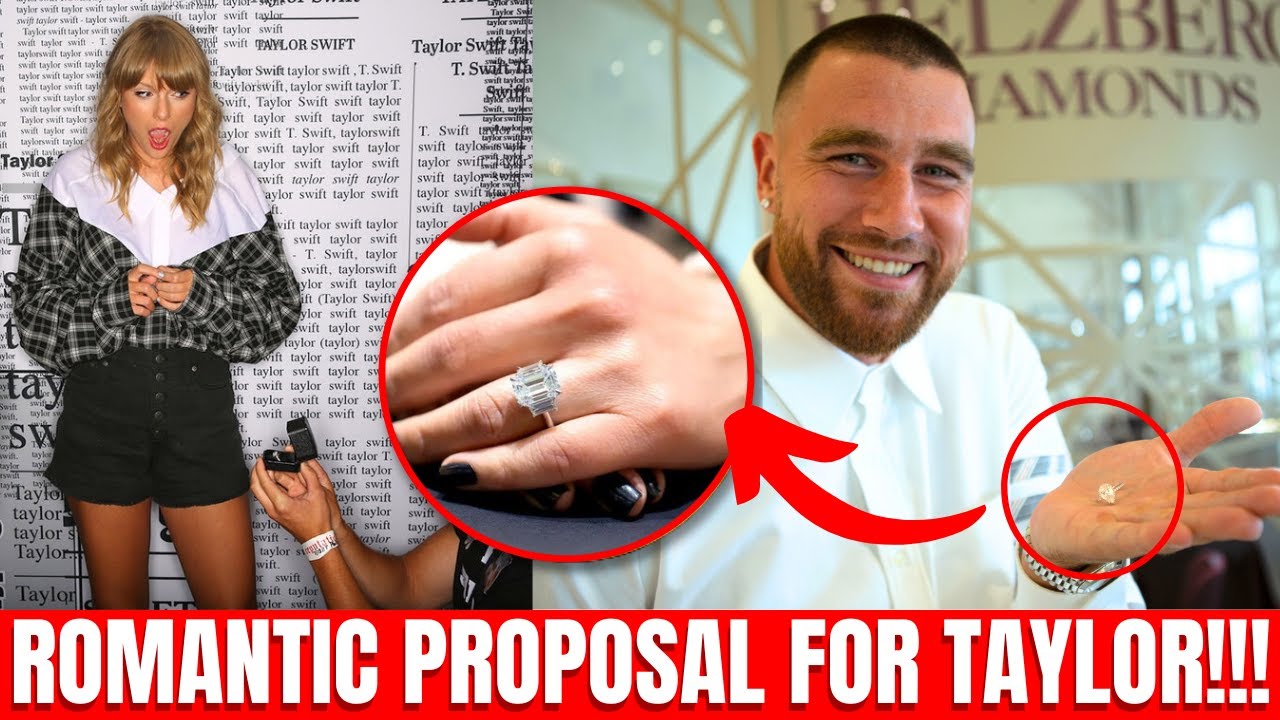The Curious Case of Celebgram Engagement: Decoding the Drama, Dollars, and Deception
Introduction: The Influencer Ecosystem and the Engagement Enigma
In the shimmering world of social media, where perfectly curated feeds reign supreme, there exists a hidden underbelly of whispers, accusations, and outright deception: the realm of fake engagement. Celebgrams, the influencer elite, are often at the heart of these controversies. Their livelihoods depend on their perceived influence, measured in likes, comments, and followers. But what happens when those metrics are artificially inflated? This article delves into the world of celebgram engagement rumors, exploring the motivations, methods, and potential fallout.
What is "Engagement" Anyway?
Before we dive into the drama, let’s define our terms:
- Engagement Rate: This is the percentage of followers who interact with a post (like, comment, save, share). A high engagement rate signals an active and interested audience.
- Fake Engagement: This refers to likes, comments, or followers purchased from bot farms or click farms, designed to artificially boost an account’s perceived popularity.
- Organic Engagement: This is genuine interaction from real users who are interested in the content.
The Allure of Artificial Popularity: Why Celebgrams Buy Engagement
The reasons celebgrams might resort to buying engagement are multifaceted:
- Attracting Brand Deals: Brands want to work with influencers who have a large and engaged audience. Higher engagement can translate to higher fees.
- Boosting Credibility: A large following can create an illusion of expertise and influence, attracting more followers and opportunities.
- Ego and Competition: In a hyper-competitive landscape, some influencers feel pressured to keep up with their peers, even if it means bending the rules.
- Algorithmic Visibility: Social media algorithms often prioritize content from accounts with high engagement, making it more likely to appear in users’ feeds.
How Fake Engagement Works: A Peek Behind the Curtain
The mechanics of fake engagement are surprisingly simple:
- Bot Farms: These are networks of fake accounts controlled by automated software ("bots") that can like, comment, and follow accounts en masse.
- Click Farms: These are rooms full of low-paid workers who manually interact with accounts, creating the appearance of genuine engagement.
- Engagement Pods: These are groups of influencers who agree to like and comment on each other’s posts to boost engagement. While not technically "fake," they can create an artificial sense of popularity.
- Follow/Unfollow Method: Bots are used to follow accounts, and once the account follows back, they are immediately unfollowed. This inflates the follower count with little to no engagement.
The Tell-Tale Signs: Spotting Suspicious Activity
While it’s not always easy to spot fake engagement, there are some red flags to watch out for:
- Sudden Spikes in Followers: A rapid increase in followers without a corresponding increase in engagement is a major warning sign.
- Generic or Nonsensical Comments: Comments like "Great post!" or strings of emojis are often the work of bots.
- Disproportionately High Follower-to-Engagement Ratio: An account with millions of followers but only a few hundred likes per post is likely using fake engagement.
- Followers with Empty Profiles or Bot-Like Behavior: Profiles with no profile picture, no posts, and generic usernames are often fake accounts.
- Audience Demographics Don’t Match Content: If the content is about a specific niche (e.g., vegan cooking), but the audience is primarily from a different demographic (e.g., teenagers interested in gaming), something might be amiss.
The Fallout: Consequences of Faking It
The consequences of being caught buying engagement can be severe:
- Loss of Credibility: Once an influencer is exposed, their reputation can be permanently damaged.
- Broken Trust with Followers: Followers feel betrayed when they discover they’ve been following an account that isn’t authentic.
- Brands Pulling Deals: Brands are increasingly cracking down on fake engagement, as it can damage their own reputation and waste their marketing budget.
- Social Media Platform Penalties: Social media platforms like Instagram and Twitter have algorithms designed to detect and remove fake accounts. Accounts caught using fake engagement may be penalized or even banned.
The Data Speaks: Recent Findings on Fake Engagement
Several studies and reports have shed light on the prevalence of fake engagement:
- Cheq and the University of Baltimore released a report in 2020 estimating that fake followers cost advertisers an estimated $1.3 billion annually.
- Ghost Data, an influencer auditing company, has found that many influencers have a significant percentage of fake followers. In some cases, more than 50% of an influencer’s followers are bots or inactive accounts.
Quotes from the Industry
- "Brands are becoming much more sophisticated in their approach to influencer marketing. They’re looking beyond vanity metrics like follower count and focusing on engagement rate and audience quality." – Neil Patel, Digital Marketing Expert
- "Authenticity is the most valuable currency in the influencer world. If you’re not being genuine, your audience will see right through you." – Gary Vaynerchuk, Entrepreneur and Social Media Personality
The Future of Engagement: A Call for Transparency
The issue of fake engagement is unlikely to disappear anytime soon, but there are steps that can be taken to combat it:
- Greater Transparency from Social Media Platforms: Social media platforms need to be more proactive in detecting and removing fake accounts.
- Stricter Enforcement of Policies: Social media platforms need to enforce their policies against fake engagement more consistently.
- Increased Awareness Among Consumers: Consumers need to be more aware of the signs of fake engagement and hold influencers accountable.
- Focus on Authentic Engagement: Influencers should focus on building genuine relationships with their audience and creating high-quality content that resonates with them.
Conclusion: Navigating the Murky Waters
The world of celebgram engagement is a complex and often murky one. While the allure of artificial popularity may be tempting, the long-term consequences of faking it can be devastating. As consumers, brands, and influencers alike, we must demand greater transparency and authenticity in the social media landscape. Only then can we create a more honest and trustworthy environment for everyone.

